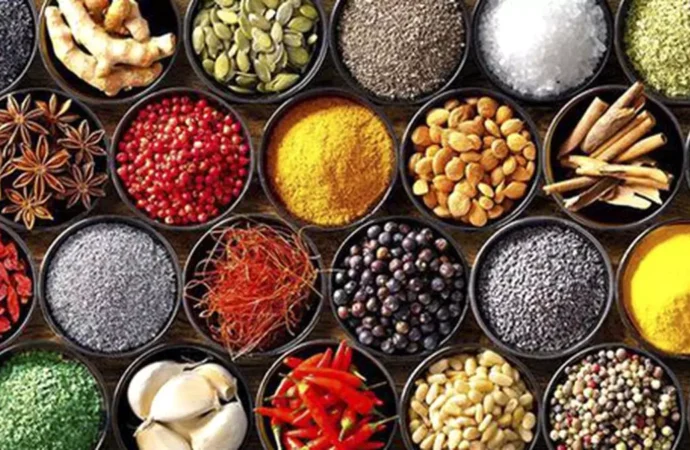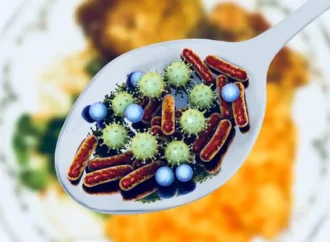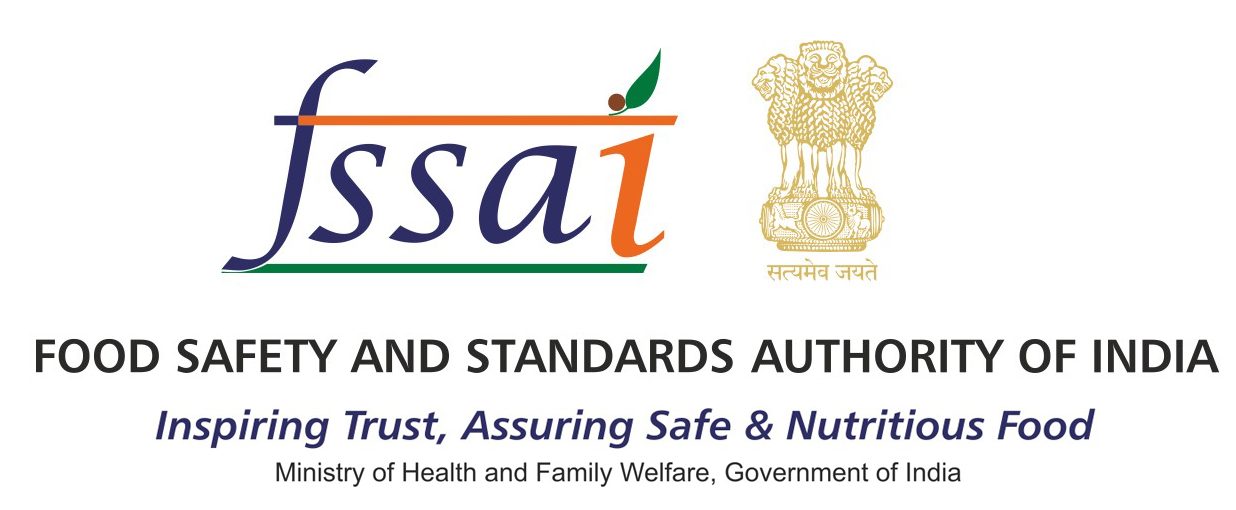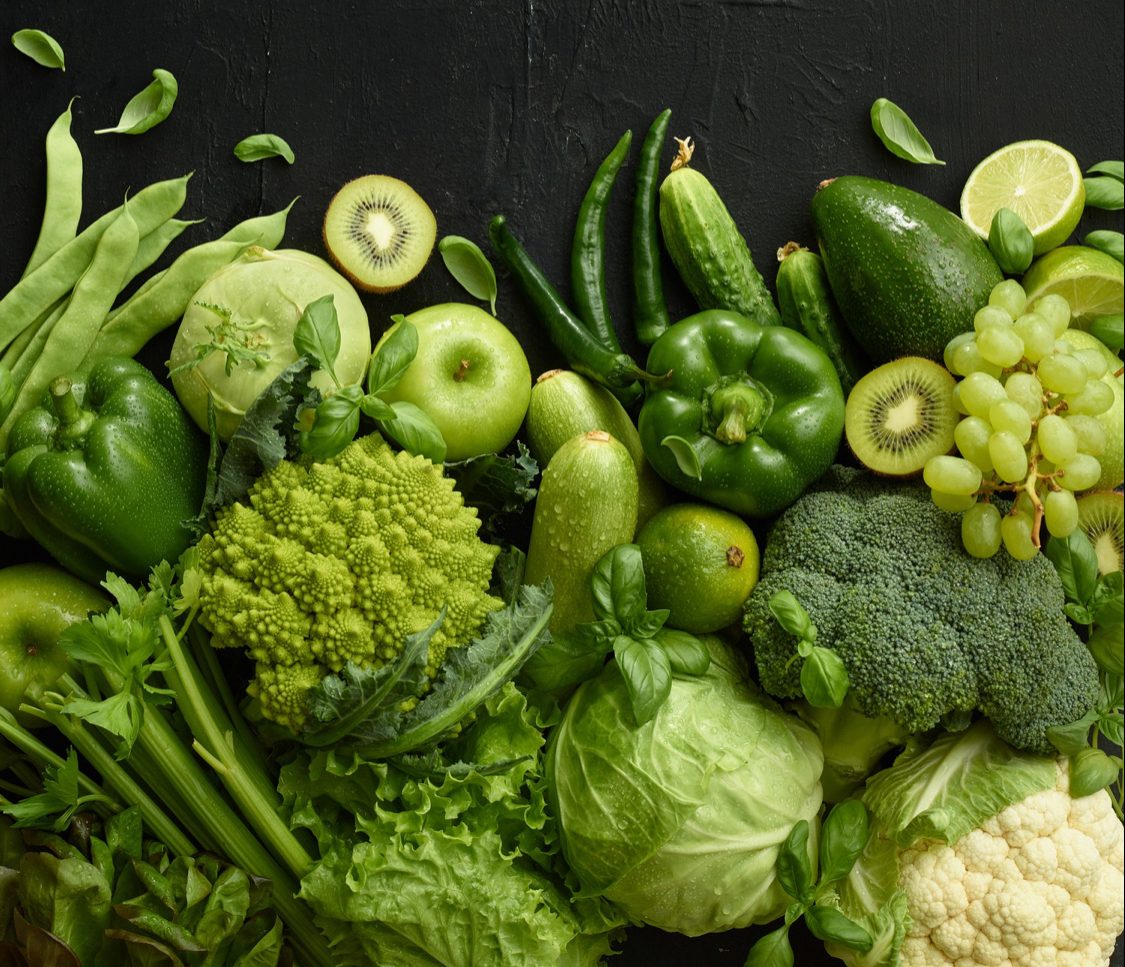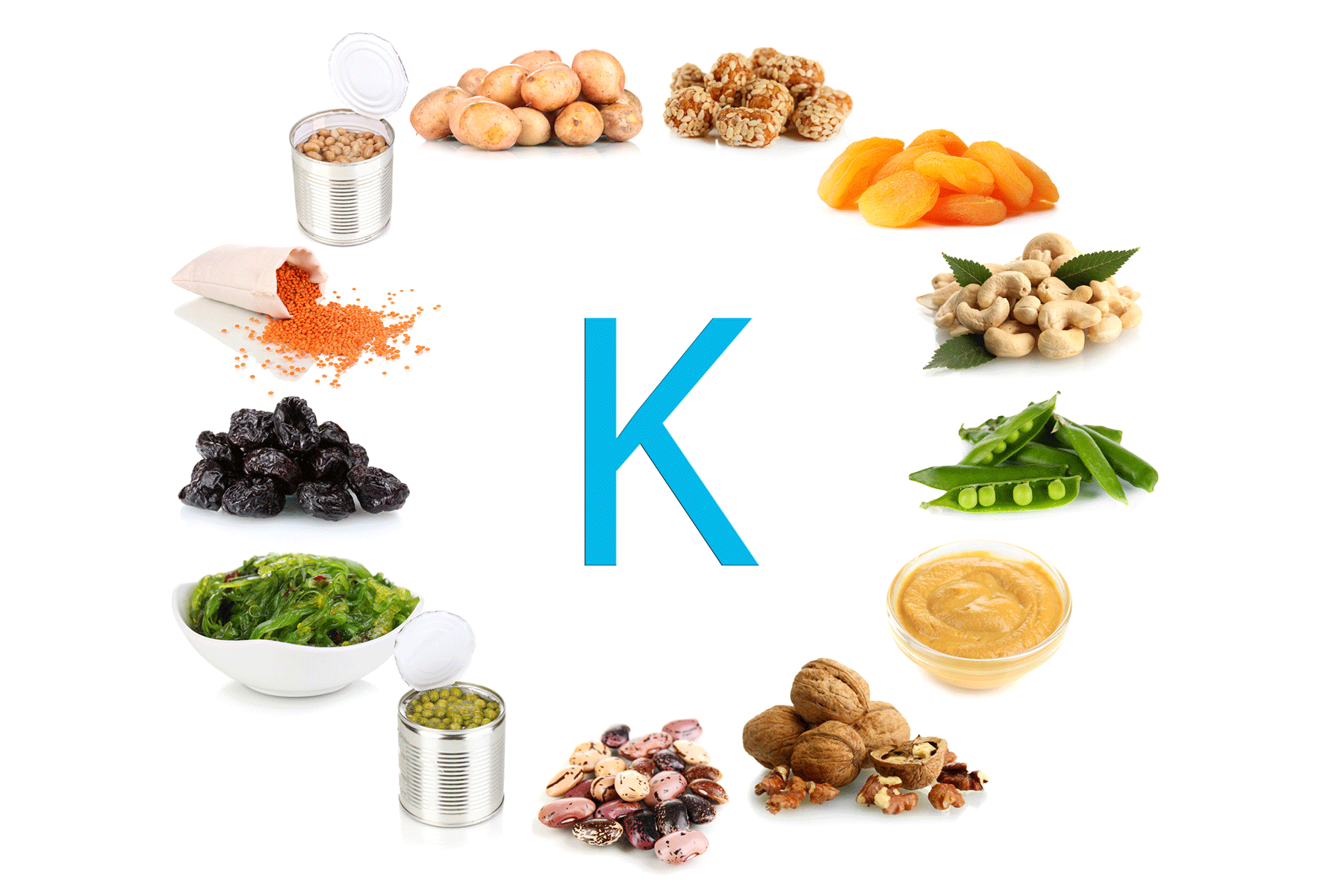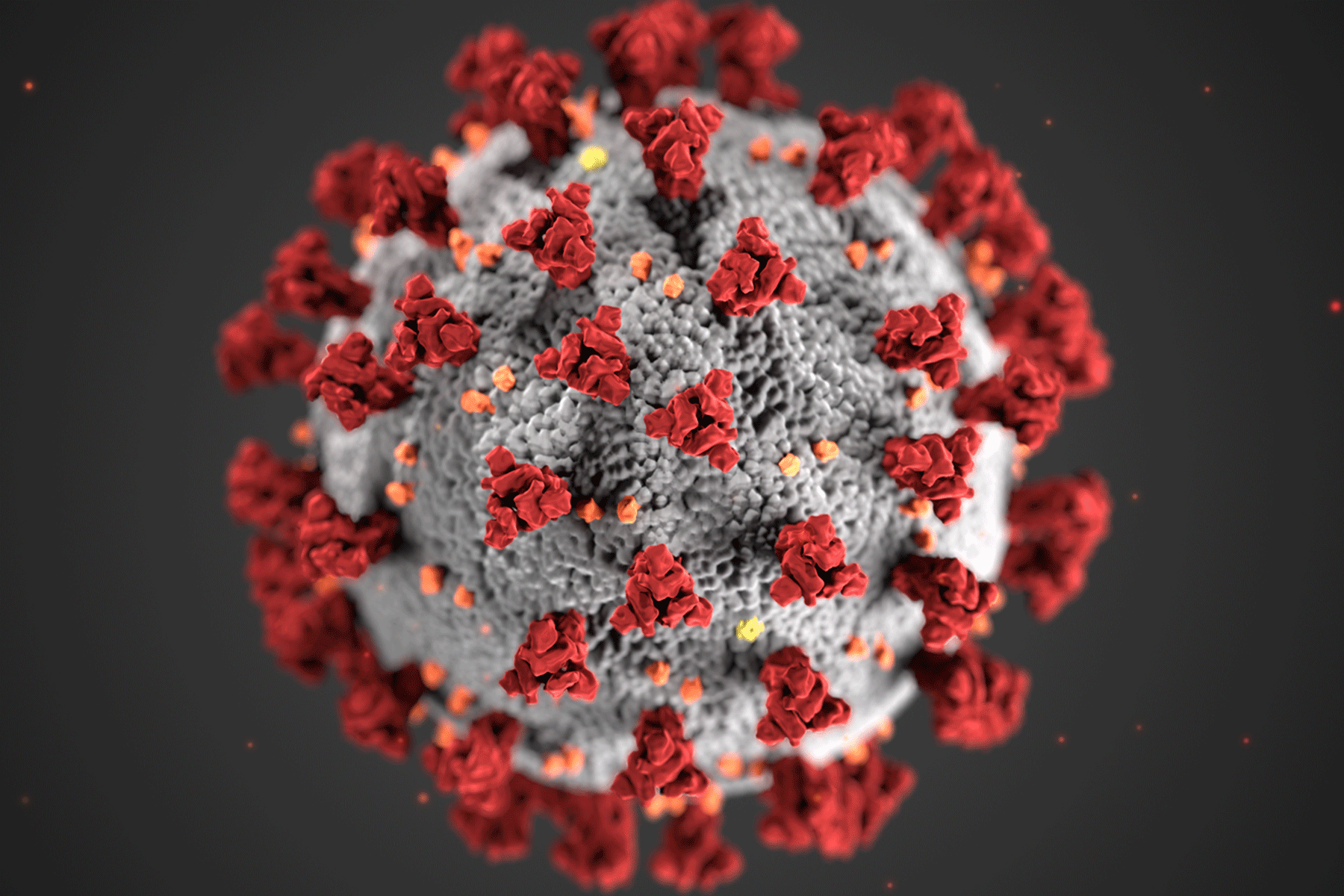Report
The Food Safety and Standards Authority of India (FSSAI) is preparing to announce 98 new maximum residue level (MRL) values for spices, defining the acceptable pesticide residue limits in food products. Currently, farmers struggle to comply with the 18 MRL values in place, as they are extremely stringent. FSSAI officials stated that the finalized guidance document on standard operating procedures for establishing MRLs is awaiting final approval from the Prime Minister’s Office and will be published soon.
Pesticides as a Major Industry Challenge
During Wednesday’s international spices conference at Leela Bharatiya, experts highlighted pesticide use as a major challenge for the industry. They identified chillies and cumin as the spices with the highest pesticide usage rates. The industry faces further challenges due to its reliance on small or marginal farmers.
Challenges Faced by Small Farmers
Ramkumar Menon, chairman of the World Spice Organisation, emphasized that raising awareness about new technologies, quality reports, and advanced production methods is particularly difficult in this context. He noted, “Generating awareness regarding safer production methods becomes quite challenging for small farmers.”
Revised MRL Guidelines
Previously, FSSAI enforced very strict MRLs, some of which were unattainable for farmers. In response, a team of residual chemists, toxicologists, and agricultural experts has drafted new MRL guidelines, using scientific databases, quantitation limits, and health-based risk assessments. Paresh G. Shah, chairman of the sub-committee on the Scientific Panel on Pesticide Residues at FSSAI, shared that the new approach includes risk assessments for various demographic groups, such as children, women of reproductive age, and the general population. These new guidelines align with international standards set by Codex, an international organization. The draft MRLs will cover approximately 240 different commodities.
Misuse of Pesticides by Farmers
Experts also noted that retailers often encourage farmers to use pesticides incorrectly. They pointed out that farmers are advised to follow a pre-harvest interval, a period during which they should refrain from applying pesticides before harvest. However, many farmers apply pesticides during this interval due to retailer recommendations, resulting in high pesticide residues in the final food products.
India’s Growing Spice Market
Despite these challenges, India’s spice market continues to expand. India remains the largest producer, consumer, and exporter of spices globally. Ramkumar Menon stated, “We are focusing on transforming India into the largest producer and leading manufacturer of value-added spices, including oils, extracts, retail items, and curry powders.”
Source: The Times of India
 Food Manifest
Food Manifest 